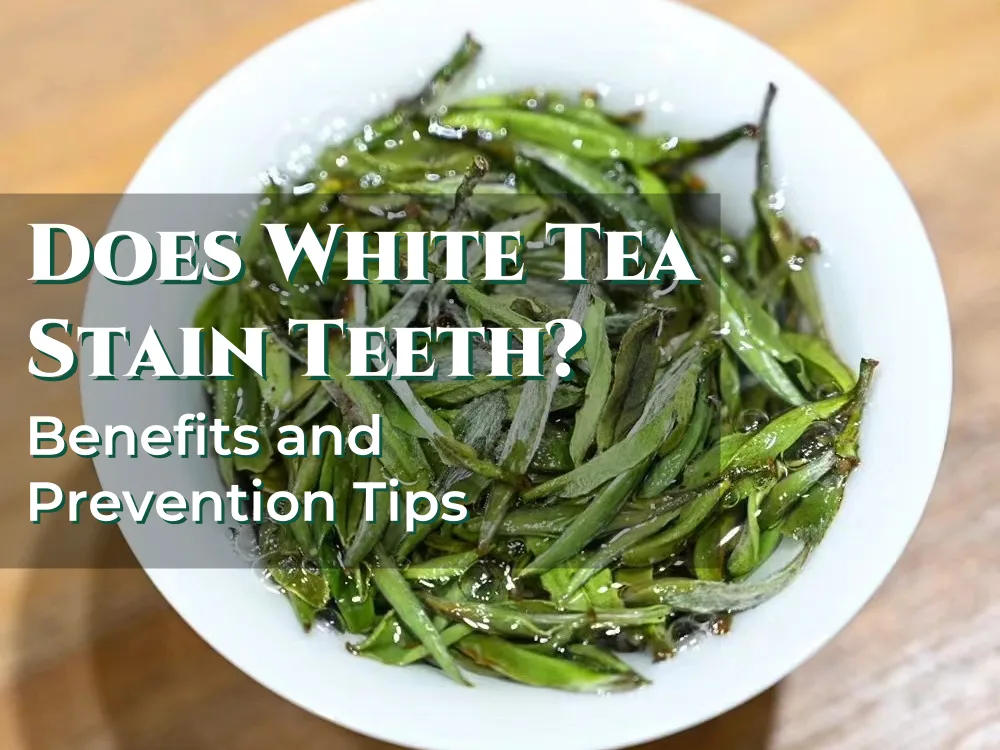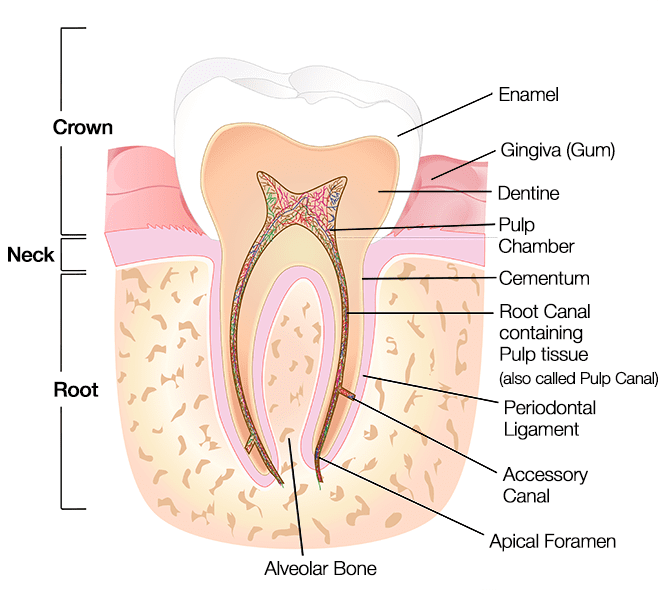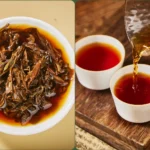For tea enthusiasts and health-conscious people alike, white tea has become progressively popular due to its fragile flavor and potential well-being benefits. However, a common concern among tea consumers is whether their favorite refreshment might lead to dental discoloration. In this comprehensive direct, we’ll investigate the relationship between white tea and tooth recoloring, digging into the specifics of prevalent assortments like White Peony and Shou Mei.
Grasping White Tea and Its Composition
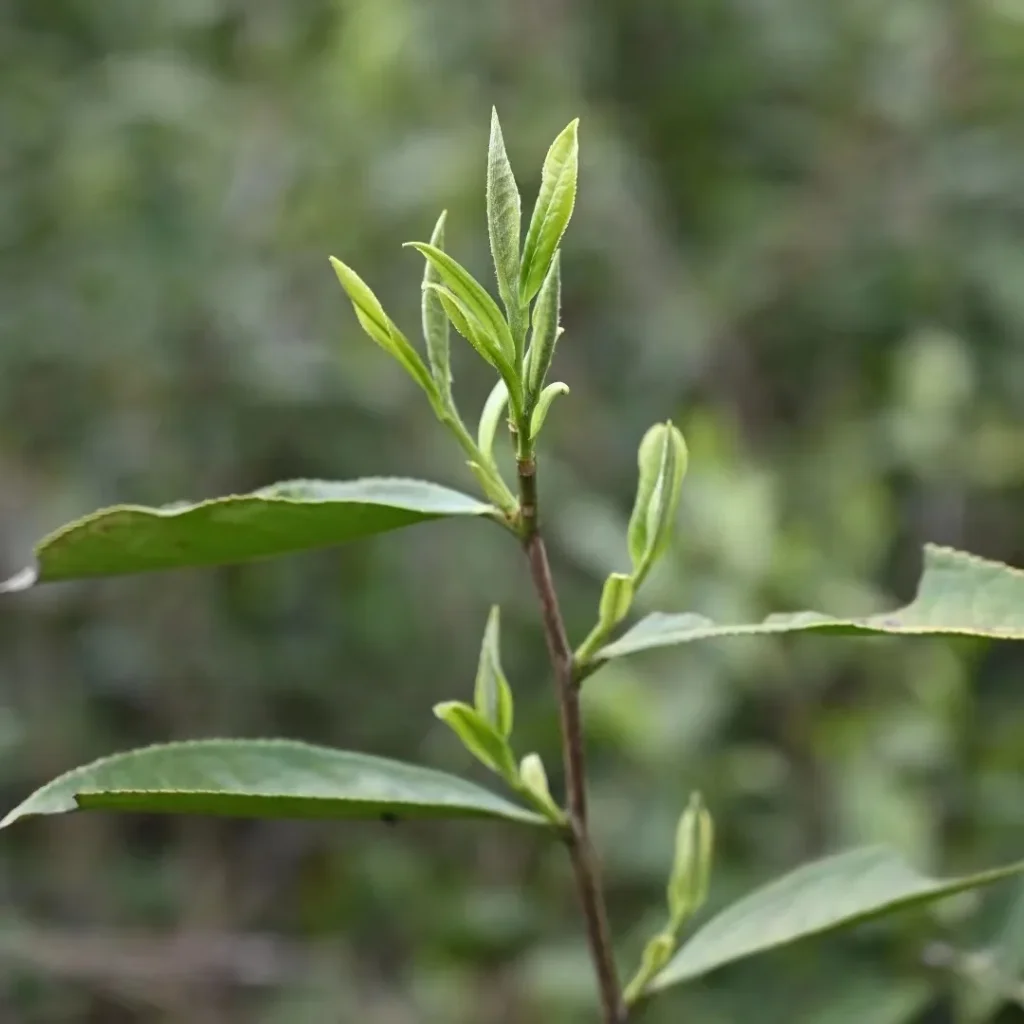
White tea, known for its minimal processing and light flavor profile, is derived from the Camellia sinensis plant. Unlike its more oxidized counterparts, white tea undergoes little to no oxidation, preserving many of its natural compounds. This unique processing method contributes to its pale color and subtle taste.
Two well-known varieties of white tea are White Peony (Bai Mudan) and Shou Mei. White Peony is made from young buds and leaves, resulting in a slightly stronger flavor than other white teas. Shou Mei, on the other hand, is crafted from more mature leaves, offering a fuller-bodied taste while maintaining white tea’s characteristic lightness.
The composition of white tea includes various compounds such as polyphenols, catechins, and tannins. These elements contribute to the tea’s flavor and play a role in its potential effects on dental health.
The Science Behind Tooth Staining
To understand whether white tea stains teeth, it’s crucial to grasp the mechanics of tooth discoloration. Enamel, the outer layer of our teeth, is porous and can absorb pigments from various food and drink sources. Substances high in chromogens (color-producing compounds) and tannins are often culprits in tooth staining.
Tannins, present in many teas, including white tea, can exacerbate staining by enhancing the ability of chromogens to adhere to tooth enamel. However, the concentration of these compounds varies significantly among different types of tea.
When comparing white tea to other varieties, it’s important to note that the minimal processing of white tea results in lower tannin content than black or oolong teas. This reduced tannin level suggests that white tea may have a lesser propensity for staining teeth.
White Tea’s Impact on Dental Health
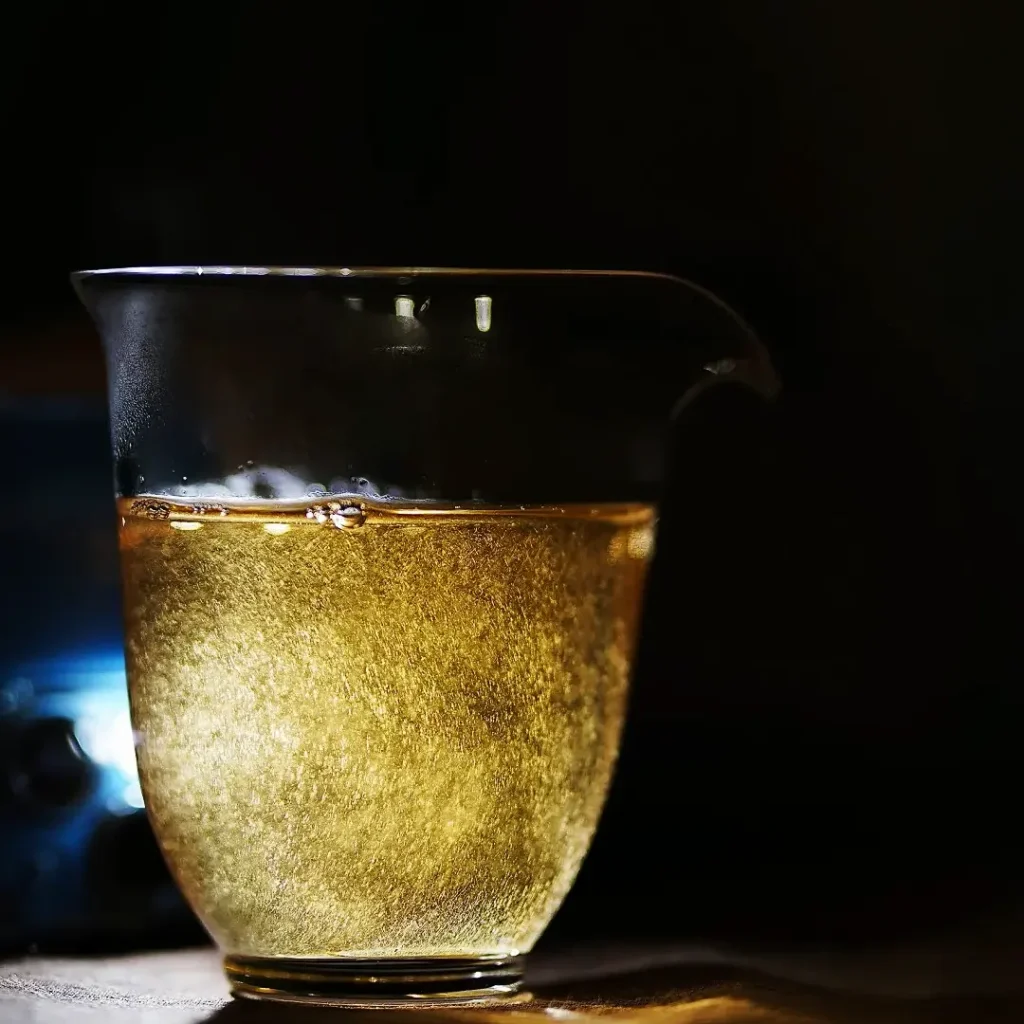
While the potential for staining exists with any tea, white tea offers some unique characteristics that may mitigate its effects on tooth color. The lighter color of white tea, particularly in varieties like White Peony and Shou Mei, indicates a lower concentration of pigments that could lead to staining.
Moreover, white tea contains compounds that may actually benefit dental health. Catechins, an antioxidant abundant in white tea, have been associated with antibacterial properties that could help combat oral bacteria responsible for plaque formation and tooth decay. Studies have suggested that the polyphenols in white tea may help reduce the risk of cavities and gum disease. These compounds can interfere with the ability of bacteria to adhere to tooth surfaces, potentially offering a protective effect against dental issues.
It’s worth noting that the acidity of tea can potentially erode tooth enamel over time. However, white tea typically has a lower acidity level than fruit teas or coffee, which may make it a gentler option for those concerned about enamel erosion. When considering the staining potential of white tea, it’s important to remember that individual factors play a significant role. The frequency and quantity of tea consumption and personal dental hygiene habits can greatly influence the likelihood of staining.
For those who enjoy white tea regularly, there are several strategies to minimize the risk of tooth discoloration:
| Tip | Description |
|---|---|
| Rinse | Rinse your mouth with water after drinking tea to help wash away potential staining compounds. |
| Use a Straw | Use a straw to minimize contact between the tea and your teeth, mainly when drinking cooled white tea. |
| Oral Hygiene | Maintain good oral hygiene practices, including regular brushing and flossing. |
| Whitening | Consider using a whitening toothpaste or scheduling professional teeth cleaning sessions with your dentist. |
- Rinse your mouth with water after drinking tea to help wash away potential staining compounds.
- Use a straw to minimize contact between the tea and your teeth, mainly when drinking cooled white tea.
- Maintain good oral hygiene practices, including regular brushing and flossing.
- Consider using a whitening toothpaste or scheduling professional teeth cleaning sessions with your dentist.
It’s also worth exploring different brewing methods for white tea. Some tea enthusiasts suggest that cold brewing or using lower water temperatures may result in a brew with fewer tannins, potentially reducing the staining effect.
White Peony and Shou Mei’s staining potential differences are likely minimal. Both varieties undergo similar processing methods, resulting in comparable compounds that could affect tooth color. However, the slightly darker color of Shou Mei might suggest a marginally higher potential for staining compared to the lighter White Peony.
Despite these considerations, it’s important to remember that the overall health benefits of white tea may outweigh concerns about minor tooth discoloration. White tea is rich in antioxidants and has various health benefits, including potential cardiovascular and weight management improvements.
For those who are particularly concerned about maintaining a bright smile while enjoying their white tea, there are additional steps that can be taken:
| Action | Recommendation |
|---|---|
| Teeth Whitening | Consider using a teeth-whitening mouthwash or strips as part of your oral care routine. |
| Crunchy Foods | Eat crunchy fruits and vegetables like apples or carrots, which can help naturally clean teeth. |
| Avoid Staining Foods | Limit other foods and drinks that cause staining, such as red wine or coffee, to minimize overall discoloration. |
- Consider using a teeth-whitening mouthwash or strips as part of your oral care routine.
- Eat crunchy fruits and vegetables like apples or carrots, which can help naturally clean teeth.
- Limit other foods and drinks that cause staining, such as red wine or coffee, to minimize discoloration.
Conclusion
In conclusion, while white tea does have the potential to stain teeth, its effects are generally less pronounced compared to darker teas or coffee. The unique composition of white tea, including varieties like White Peony and Shou Mei, may even offer some dental health benefits. By practicing good oral hygiene and being mindful of consumption habits, tea enthusiasts can continue to enjoy their favorite white teas without significant worry about tooth discoloration.
The joy and potential health benefits of drinking white tea can be balanced with proper dental care practices. Whether you’re sipping a delicate cup of White Peony or enjoying the fuller-bodied Shou Mei, you can savor your tea with the knowledge that you’re making informed choices about your dental health.
We serve thousands of satisfied tea enthusiasts in our tea house each year, and we’re excited to share these exceptional teas with tea lovers worldwide at Orientaleaf.com.

References
- Goenka, P., Sarawgi, A., Karun, V., Nigam, A. G., Dutta, S., & Marwah, N. (2013). Camellia sinensis (Tea): Implications and role in preventing dental decay. Pharmacognosy reviews, 7(14), 152–156. https://doi.org/10.4103/0973-7847.120515
- Paryag, A., & Rafeek, R. (2014). Dental Erosion and Medical Conditions: An Overview of Aetiology, Diagnosis and Management. The West Indian medical journal, 63(5), 499–502. https://doi.org/10.7727/wimj.2013.140
- Awadalla, H. I., Ragab, M. H., Bassuoni, M. W., Fayed, M. T., & Abbas, M. O. (2011). A pilot study of the role of green tea use on oral health. International journal of dental hygiene, 9(2), 110–116. https://doi.org/10.1111/j.1601-5037.2009.00440.x
- Tenuta, L. M., & Cury, J. A. (2010). Fluoride: its role in dentistry. Brazilian oral research, 24 Suppl 1, 9–17. https://doi.org/10.1590/s1806-83242010000500003
- Khokhar, S., & Magnusdottir, S. G. (2002). Total phenol, catechin, and caffeine contents of teas commonly consumed in the United Kingdom. Journal of agricultural and food chemistry, 50(3), 565–570. https://doi.org/10.1021/jf010153l
